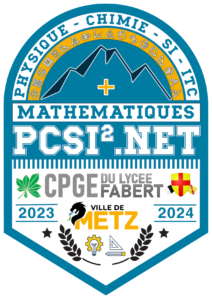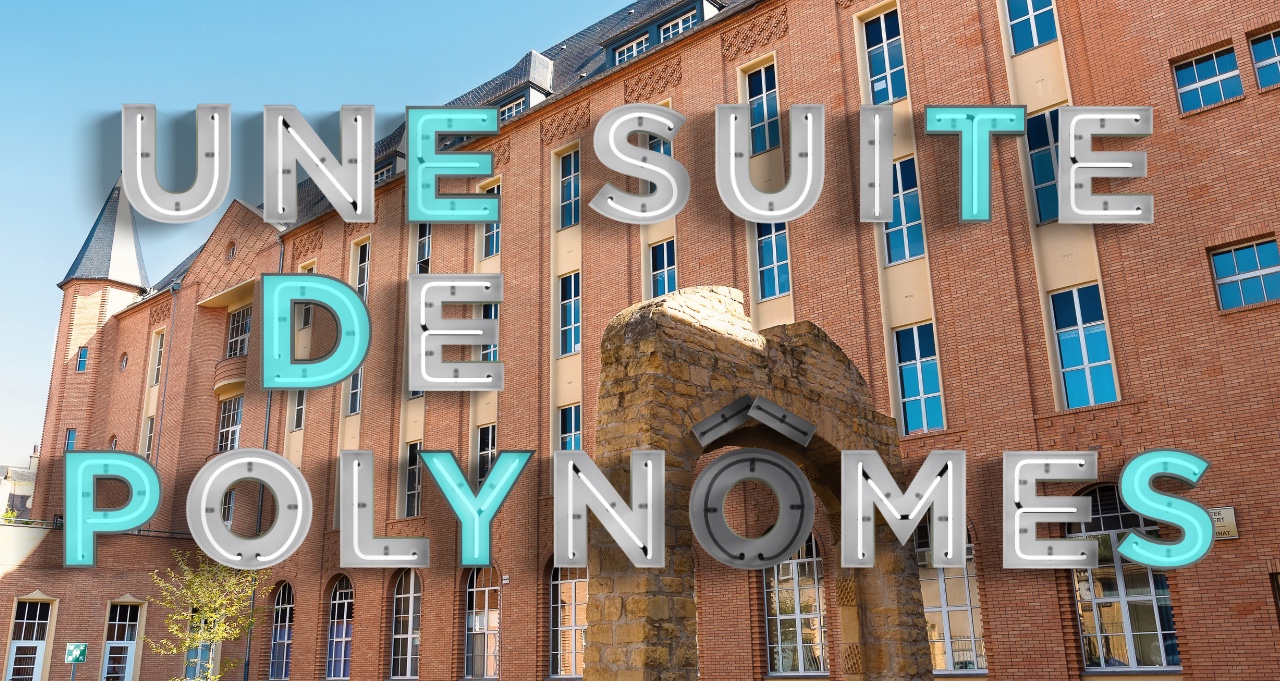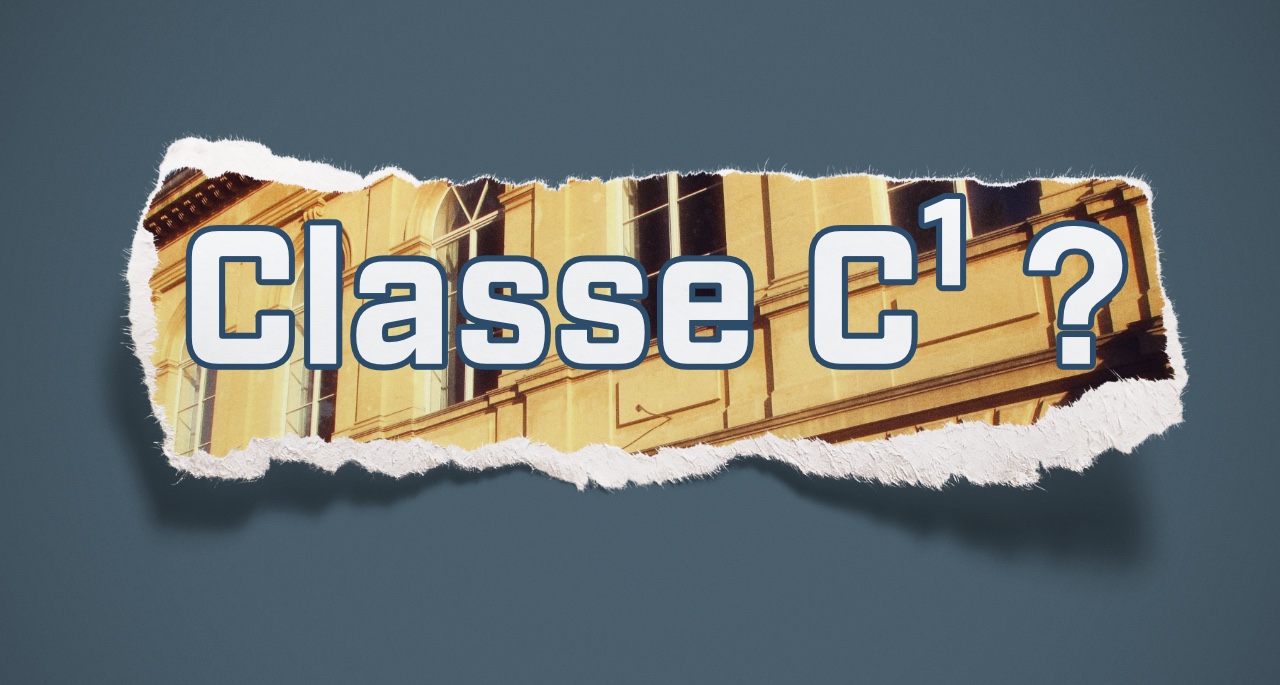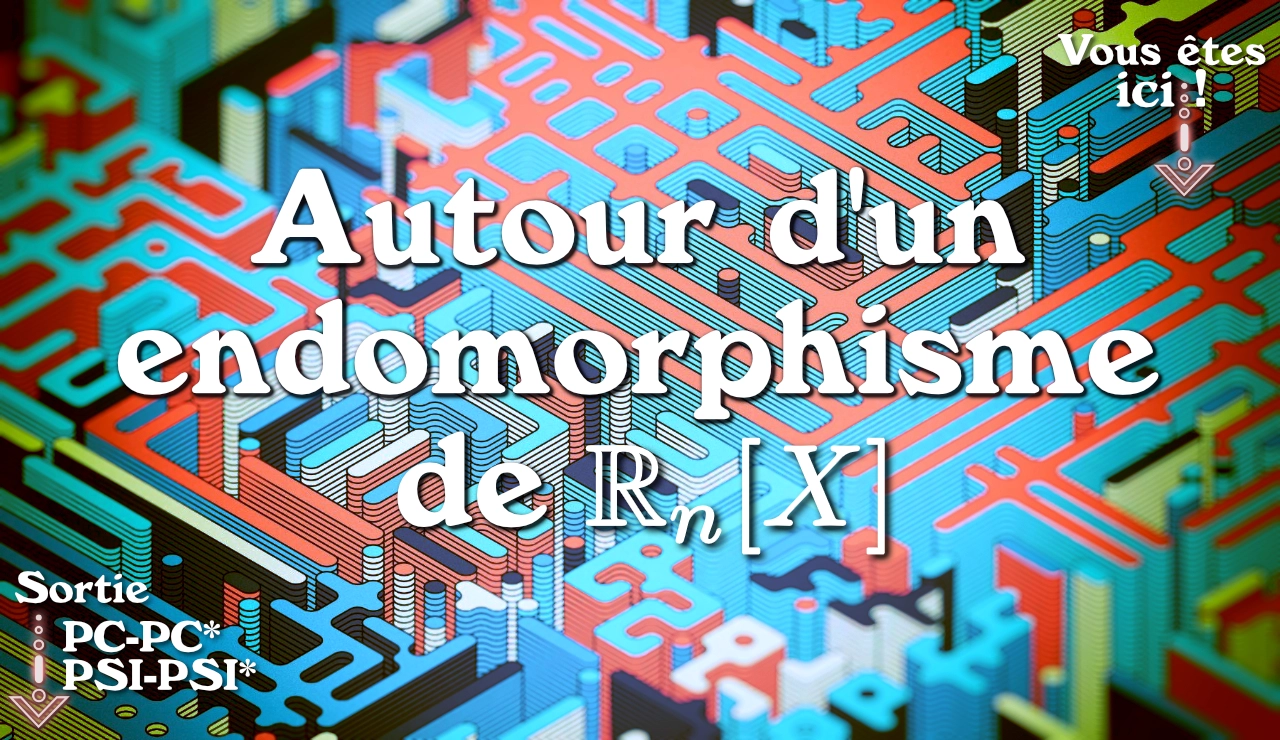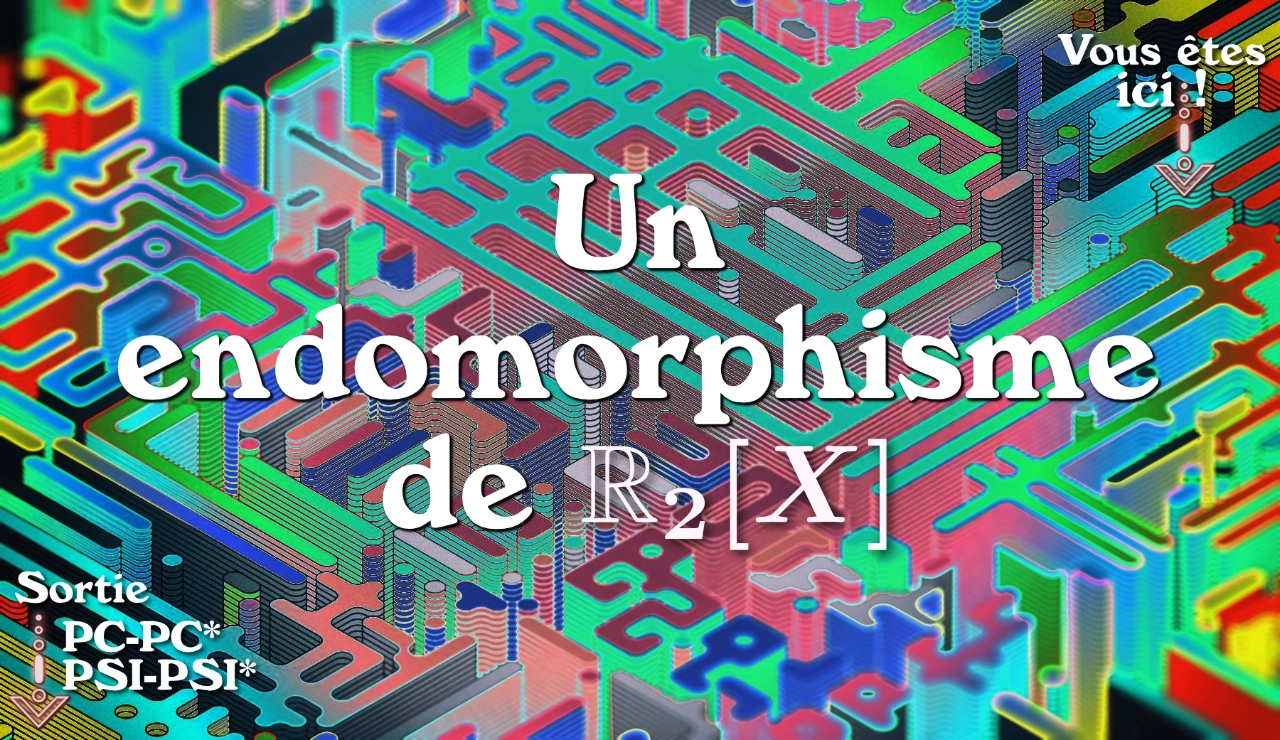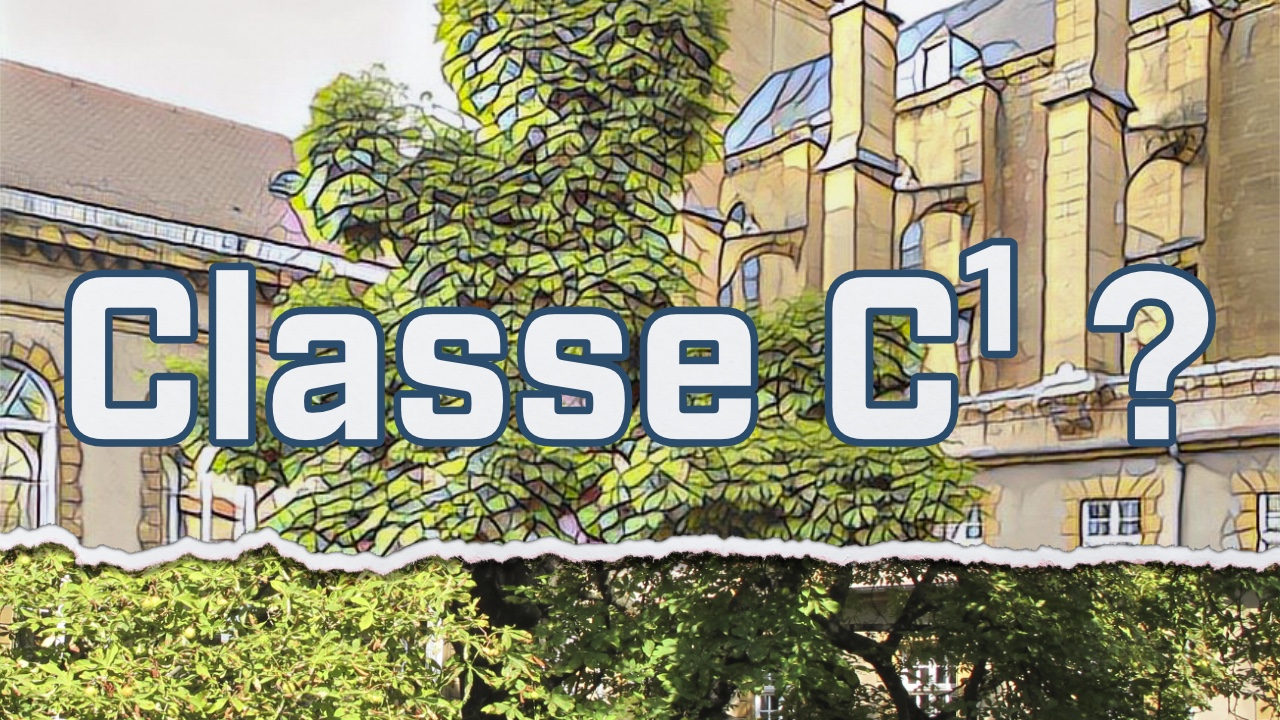
\(\newcommand{\eps}{\varepsilon}
\newcommand{\llbracket}{[\![}
\newcommand{\rrbracket}{]\!]}
\newcommand{\D}{\mathrm{D}}
\newcommand{\C}{\mathbb{C}}
\newcommand{\Q}{\mathbb{Q}}
\newcommand{\R}{\mathbb{R}}
\newcommand{\U}{\mathbb{U}}
\newcommand{\K}{\mathbb{K}}
\newcommand{\N}{\mathbb{N}}
\newcommand{\M}{\mathrm{M}}
\newcommand{\DL}{\mathrm{DL}}
\newcommand{\rg}{\mathrm{rg}\,}
\newcommand{\id}{\mathrm{id}}
\newcommand{\GL}{\mathrm{GL}}
\newcommand{\card}{\mathrm{Card}\,}
\newcommand{\Det}{\mathrm{Det}}
\newcommand{\union}{\cup}
\renewcommand{\Im}{\mathrm{Im}\,}
\renewcommand{\Re}{\mathrm{Re}\,}
\newcommand{\Ker}{\mathrm{Ker}\,}
\newcommand{\vect}{\mathrm{vect}}
\newcommand{\inter}{\cap}
\newcommand{\ch}{\mathrm{ch}\,}
\newcommand{\sh}{\mathrm{sh}\,}
\renewcommand{\th}{\mathrm{th}\,}
\newcommand{\argch}{\mathrm{argch}\,}
\newcommand{\argsh}{\mathrm{argsh}\,}
\newcommand{\argth}{\mathrm{argth}\,}
\newcommand{\Z}{\mathbb{Z}}
\newcommand{\mfrac}[2]{\genfrac{}{}{0pt}{}{#1}{#2}}
\newcommand{\cotan}{\mathrm{cotan}\,}
\newcommand{\tr}{\mathrm{Tr}\,}
\)
Savoir faire : Utiliser le théorème de la limite de la dérivée pour montrer qu’une fonction est de classe \(\mathcal{C}^1\).
On considère
\[
f: \Big] -{\dfrac{1}{2}},+\infty \Big[ \longrightarrow \R,\
x \longmapsto
\left|
\begin{array}{ll}
\dfrac{\ln (1+2x)}{x}-1 & \text{si } x \in {]-\frac{1}{2};0[}\union {] 0;+\infty [}\\
1 & \text{si } x=0
\end{array}
\right.
\]
- Montrer que \(f\) est continue sur son intervalle de définition \(\big] -{\tfrac{1}{2}},+\infty \big[\).
-
- Donner le développement limité à l’ordre \(1\) de \(f\) au voisinage de \(0\).
En déduire que \(f\) est dérivable en 0 et préciser \(f'(0)\). - Montrer que \(f\) est de classe \(\mathcal{C}^1\) sur son intervalle de définition \(\big] -{\tfrac{1}{2}},+\infty \big[\).
- Donner le développement limité à l’ordre \(1\) de \(f\) au voisinage de \(0\).

